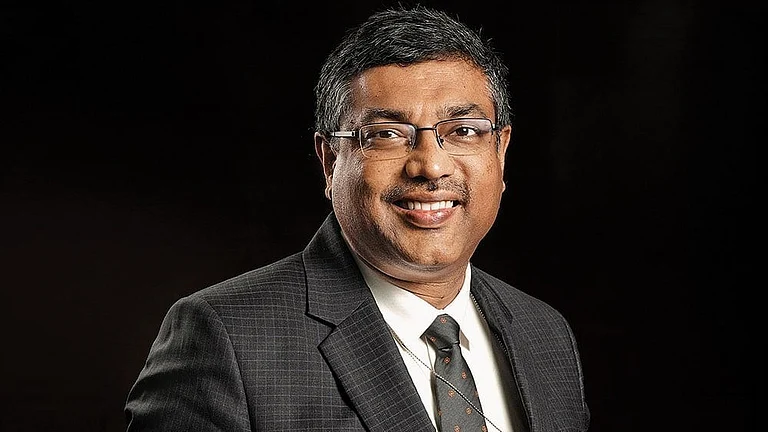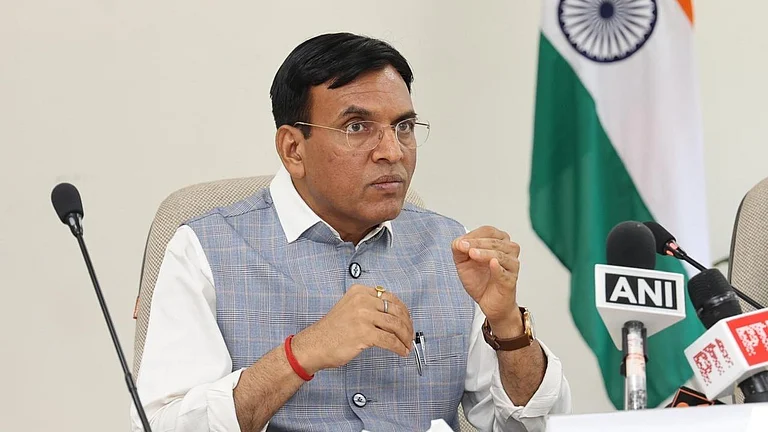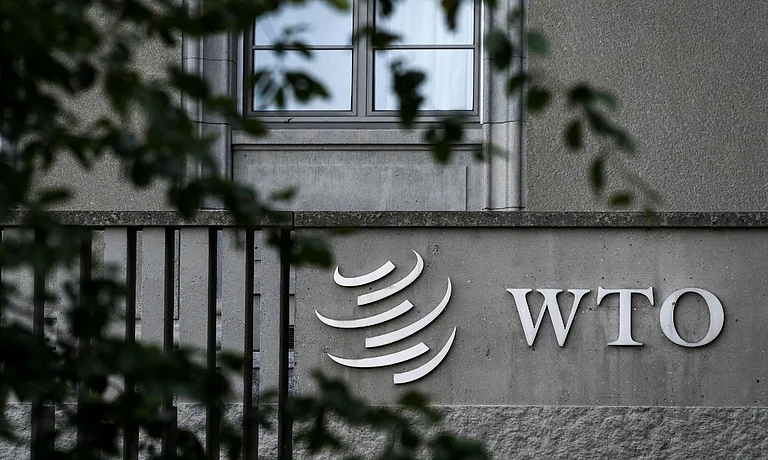February 20, New Delhi: The department of pension and pensioners’ welfare has decided to cover the central government employees — who were appointed before January 1, 2004, and later joined the service — with benefits under the Central Civil Services (Pension) Rules, 1972 in place of National Pension System (NPS).
The government has fixed May 31, 2020, as the final deadline for eligible employees to switch over to the CCS pension scheme. “But those who do not exercise this option by the stipulated date will continue to be covered by the NPS,” the department noted.
The department said that letters were received from the employees requesting to avail benefits under CCS, maintaining that their appointment had been delayed on account of administrative reasons or lapses, such as police verification, medical examination, and several others.
After holding consultation with the department of personnel & training, department of expenditure, and department of legal affairs, it decided to provide the benefits of CCS to those central government employees whose recruitment results were declared before January 1, 2004, against vacancies occurring on or before December 12, 2003.
Further, the appointing authority will be issuing orders latest by September 30, 2020, after reviewing the applications from the central government employees who wish to switch to avail coverage under the CCS (Pension) Rules, 1972, the department noted.
“Under the CCS (Pension) Rules, 1972, a pensioner is entitled to a pension of 50 per cent of his last basic pay or average of his basic pay drawn during the last 10 months of his service. Whereas with the NPS, the pension amount depends on the NPS corpus used for buying annuities after retirement,” Naveen Kukreja, CEO of Paisabazaar said.
He adds,” The pension contribution in NPS is invested in capital markets, so there is no certainty on the corpus amount accumulated at the time of retirement. The retirement corpus would mainly depend on the asset class(es) chosen, market conditions during the contribution period and the performance of the fund manager.”






























